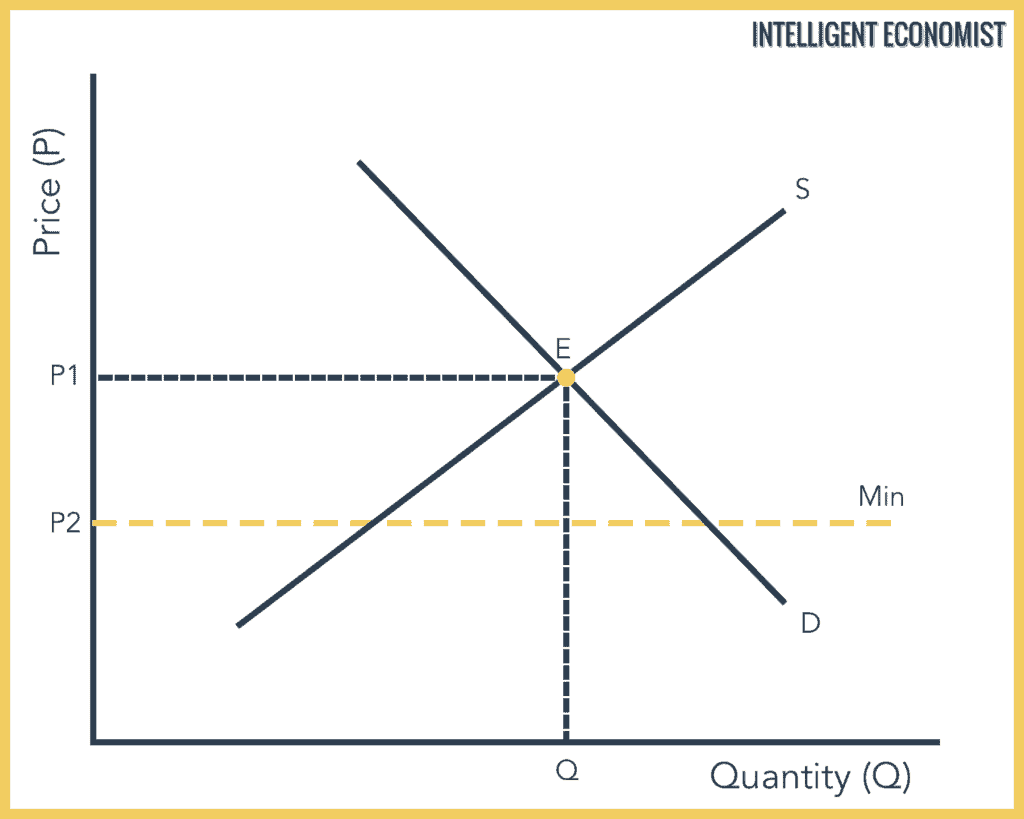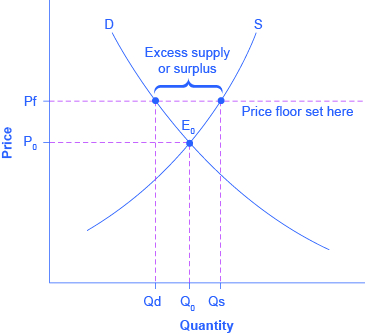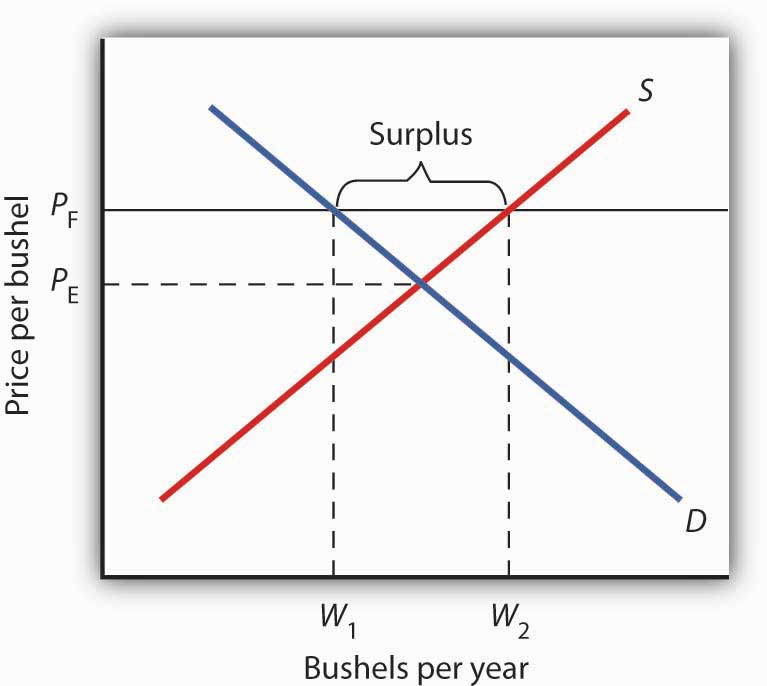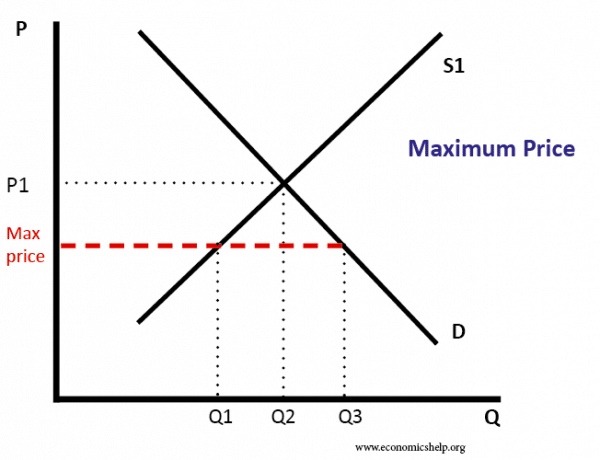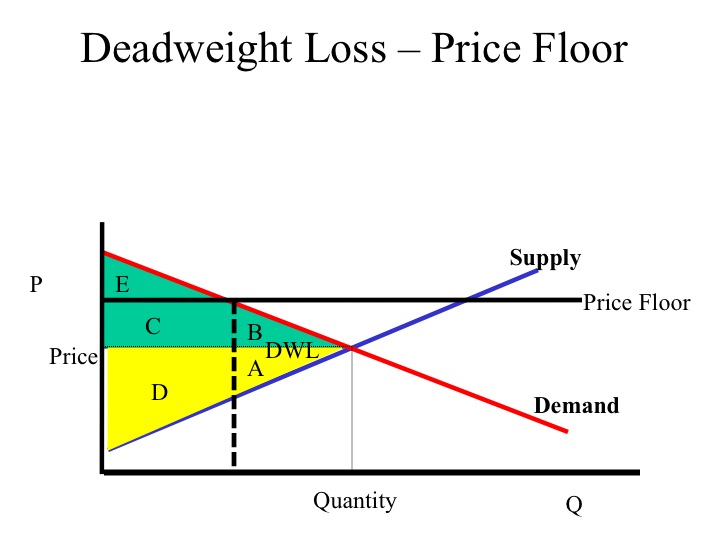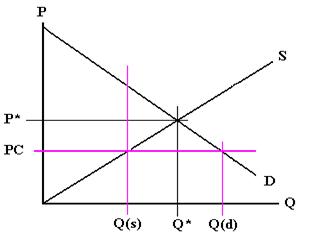A Price Floor Increases The Price Paid By Consumers
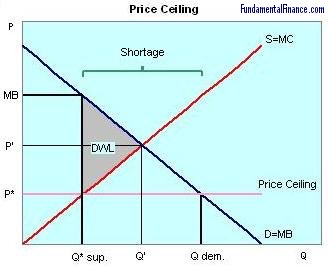
A market price floor for wheat.
A price floor increases the price paid by consumers. Increases the price paid by consumers. They may be worse off or no different. Refer to the figure below. How does a price floor set above the equilibrium price affect quantity demanded and quantity supplied.
The end result is an increase in the quantity supplied a decrease in the quantity demanded and an increase in the price that consumers pay. When there is a price floor in the economy then the producers will get a minimum of the floor price and this will increase the revenue of the producers. Decreases the price paid by consumers. This is possible if demand is elastic.
Government set price floor when it believes that the producers are receiving unfair amount. Reasons for setting up price floors. Price floor is enforced with an only intention of assisting producers. Decreases the price paid by consumers.
Does not change the price received by farmers. With the price floor there is a of cheese. This minimum guaranteed price would be higher than the equilibrium price and as a result it will lead to the increased supply by the producers than the decreasing demand in the economy. The effect of a price floor on consumers is more straightforward.
Question 1 a market price floor for wheat. The host staff suggests that you should increase the price of drinks and food but. Decreases the price paid by consumers. Effect of price floor.
When the government levies a tax on a good the equilibrium quantity of the good falls. Price ceilings attempt to make consumer prices lower. Decreases the price received by farmers. If the price floor being imposed is above the equilibrium price the price floor is binding and causes a surplus in the market.
In response to cheese producers complaints the govt agrees to purchase all surplus cheese at price floor. If the government set a price ceiling at 10 there would be a n. Increases the price paid by consumers. Increases the price paid by consumers.
Increases the price paid by consumers. For instance if a government wants to encourage the production of coffee beans it may establish one in the coffee bean market. Consumers never gain from the measure. However price floor has some adverse effects on the market.
Does not change the price received by farmers. A price floor in the market for wheat. Governments usually set up price floors to assist producers. Does not change the price received by farmers.
Producers of cheese complain that the price floor has reduced total revenue. Decreases the price received by farmers. Decreases the price received by farmers. Government enforce price floor to oblige consumer to pay certain minimum amount to the producers.

